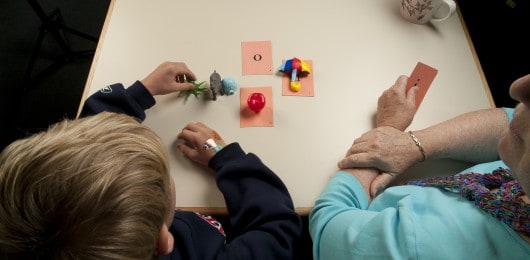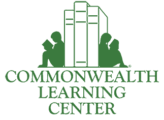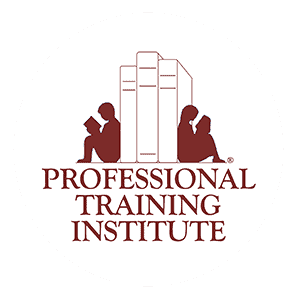
What is Orton-Gillingham? To begin, a different question might be: who were Orton and Gillingham?
Dr. Samuel Torrey Orton was a neuropsychiatrist and pathologist who, in the 1920s, became interested in studying children and adolescents who were not reading as expected despite average or above average intelligence. He described the students as having streshosymbolia, or “twisted symbols,” because many of them reversed their letters or read letter sounds in the wrong order in words.(1) Dr. Orton hypothesized that the brain organization of these students was different, and he experimented with multisensory methods to teach them to read and spell. Later, Dr. Orton worked with Anna Gillingham, a skillful teacher who introduced a systematic approach to categorizing the sounds, phonograms, syllable types, morphemes, and spelling generalizations of the English language. This structured organization of language combined with the science of multisensory teaching became known as the Orton-Gillingham Approach (O-G),(2) which is still used to teach dyslexic learners today.
What makes Orton-Gillingham a unique approach for teaching struggling readers? O-G practitioners uphold important principles of instruction. Orton-Gillingham teaching is multisensory, language-based, sequential, cumulative, cognitive, and flexible. O-G is not a scripted program; rather, the O-G teacher carefully designs diagnostic-prescriptive lessons that build on the previous lesson’s skills. Through direct instruction, new language concepts are slowly added and the student engages in continual spiraled review so that reading and spelling skills are continually practiced. In Orton-Gillingham lessons, students use visual, auditory, and tactile senses simultaneously to learn and practice language concepts. Connecting these learning pathways is a critical component in teaching students with dyslexia to read and spell. Counter to the many reading methods that are derived from a whole-to-parts methodology, O-G instruction works parts-to-whole, giving students a solid foundation in the sounds and symbols of language in order to decode words.
While O-G focuses initially on breaking the “code” of the language and practicing it to automaticity, students additionally work on vocabulary, morphology, comprehension, and grammar in Orton-Gillingham lessons, all through direct, multisensory delivery. As one fifth grade Orton-Gillingham student frames her tutorials, “I like learning the prefixes and roots best. It is so interesting to learn how many words have the same root. My teacher still makes me read out loud, though. She has me read my book aloud and talk about what is happening in the text.”
Today, the Orton-Gillingham Approach remains the “Gold Standard(3)” in multisensory structured teaching. Orton-Gillingham practitioners undergo extensive training and a supervised practicum that extends over one year. Orton-Gillingham instruction can be implemented with students of all ages in 1:1, small group, and whole group settings. Once only seen in specialized private schools, more and more public schools are embracing O-G principles to teach their struggling readers.
For more information about Orton-Gillingham tutorials or teacher training, please contact [email protected].
(1) Orton, S.T. (2008) Dr. Orton’s Notebook: Strephosymbolia: A “temporal cross section” of the theory of reading disabilities as of July 1925. Amenia, NY: Academy of Orton-Gillingham Practitioners and Educators.
(2,3) Academy of Orton-Gillingham Practitioners and Educators Website










Jaydin Skinner says: